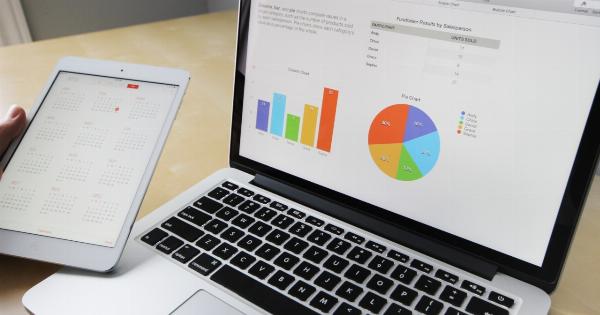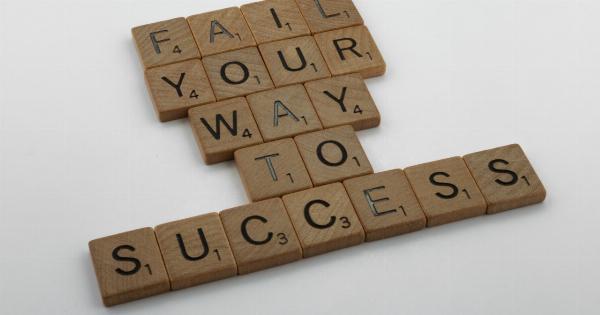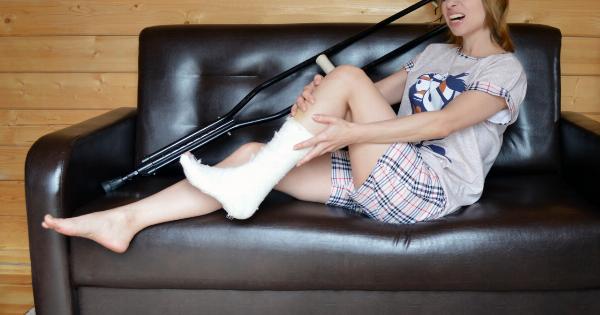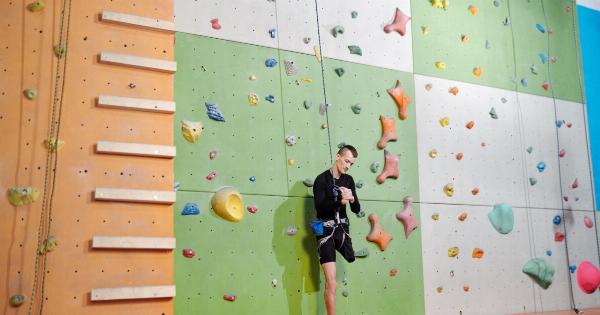The 3rd Festival is just around the corner, and it’s time to start planning and measuring the success of the event.
Many event planners use forward-thinking methods to measure the success of their events, but backward measurement can also be an effective method. Backward measurement looks at the desired outcome of an event, and then works backward to determine the steps that were necessary to achieve that outcome.
In this article, we will discuss the benefits of backward measurement and how to implement it for the 3rd Festival.
Benefits of Backward Measurement
Backward measurement has several benefits for measuring the success of an event:.
- Clarity: Backward measurement helps to clarify the goals and objectives of the event. By starting with the desired outcome and working backward, event planners can identify the specific steps needed to achieve those goals.
- Efficiency: With backward measurement, event planners can focus on the metrics that are most important to their goals. This can help to eliminate unnecessary work and make the planning process more efficient.
- Flexibility: Backward measurement allows event planners to be more flexible in their approach. By focusing on the desired outcome, they can adjust their plans as needed to achieve those goals.
Steps for Backward Measurement
The following steps can be taken to implement backward measurement for the 3rd Festival:.
- Establish the desired outcome: The first step is to determine the desired outcome of the event. This could be anything from a certain number of attendees to a certain amount of revenue generated.
- Determine the steps needed to achieve the outcome: Once the desired outcome has been established, event planners should work backward to determine the specific steps that are necessary to achieve that outcome. This could include marketing and promotion, ticket sales, vendor recruitment, and more.
- Establish metrics: With the steps identified, event planners should establish metrics to measure the success of each step. For example, the success of the marketing and promotion campaign could be measured by the number of social media mentions or the amount of traffic to the event website.
- Track progress: Throughout the planning process, event planners should track their progress toward each step and metric. This can help to identify areas where adjustments need to be made and ensure that the event remains on track.
- Analyze results: After the event, event planners should analyze the results of each step and metric to determine the overall success of the event. This can help to identify areas where improvements can be made for future events.
Implementing Backward Measurement for the 3rd Festival
To implement backward measurement for the 3rd Festival, event planners should follow the steps outlined above. Specifically:.
- Establish the desired outcome: For the 3rd Festival, the desired outcome might be to increase attendance by 30% over the previous year.
- Determine the steps needed to achieve the outcome: To achieve this outcome, steps might include increasing marketing and promotion efforts, improving the overall attendee experience, and offering a wider variety of vendors and activities.
- Establish metrics: Metrics to measure the success of these steps might include social media mentions, online ticket sales, attendee satisfaction ratings, and vendor feedback.
- Track progress: Throughout the planning process, event planners should regularly track their progress toward each step and metric to ensure that they are on track for achieving the desired outcome.
- Analyze results: After the event, event planners should analyze the results of each step and metric to determine the overall success of the event. This can help to identify areas where improvements can be made for future events.
Conclusion
Backward measurement is a powerful tool for measuring the success of an event. By starting with the desired outcome and working backward, event planners can identify the specific steps that are necessary to achieve their goals.
For the 3rd Festival, implementing backward measurement can help to increase attendance and improve the overall attendee experience.






























